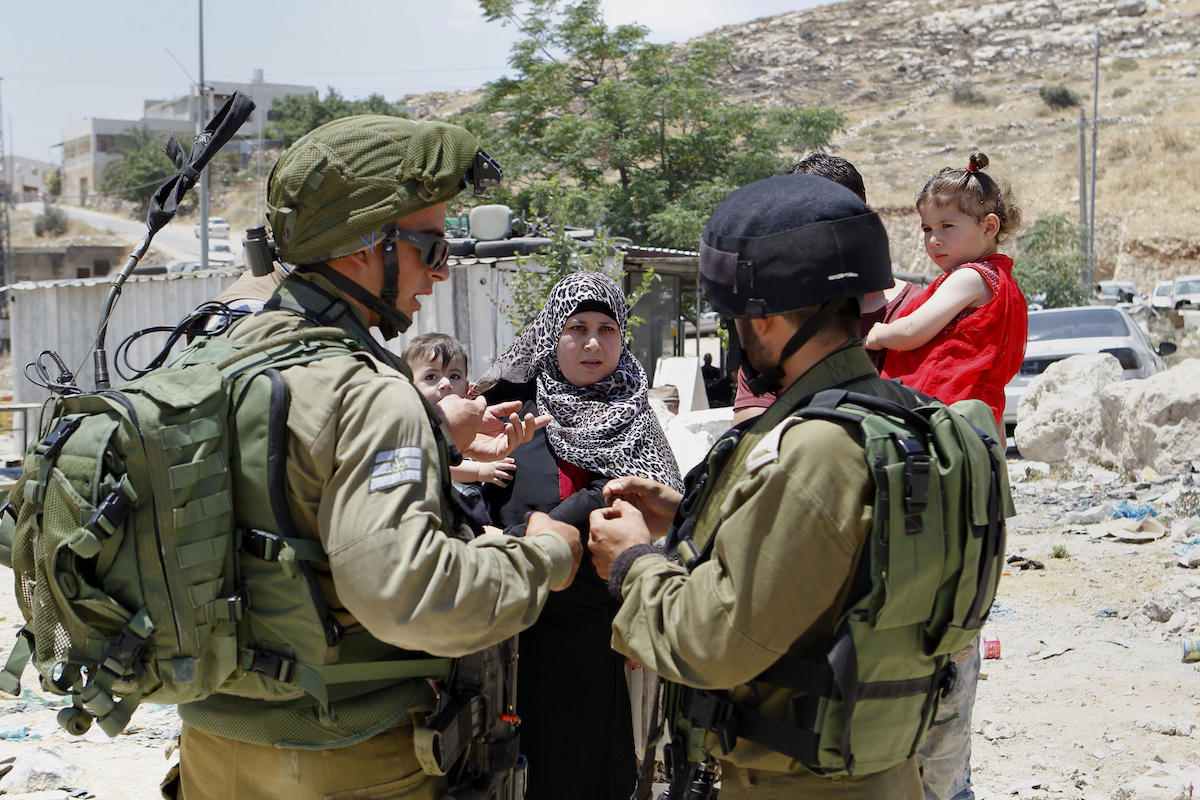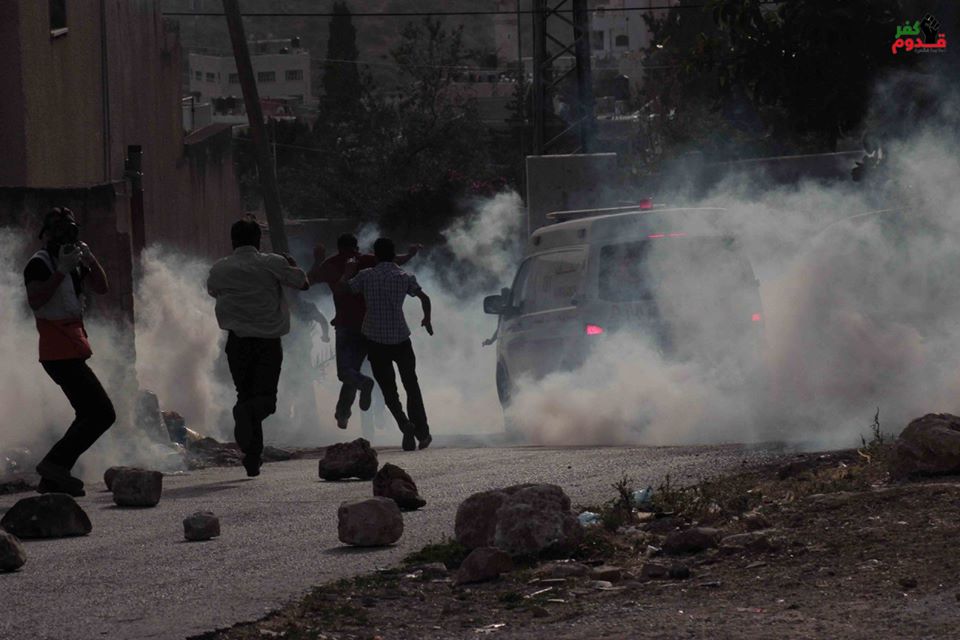Tag: Apartheid Wall
-
Collective Punishment after Tel Aviv Shooting
10th June 2016 | International Solidarity Movement | occupied Palestine Late on Wednesday night, two Palestinians from the West Bank town of Yatta opened fire in a Tel Aviv shopping center, killing four Israelis, and injuring sixteen. The shopping center stood adjacent to the Israeli Ministry of Defense, fueling speculation that the attack may have…
-
In memory of a hero from Ni’lin: Aqil Srour
5th June 2016 | International Solidarity Movement, al-Khalil team | Hebron, occupied Palestine 7 years ago today, Aqil Srour was murdered by an Israeli sniper in the occupied West Bank village of Ni’lin, near Ramallah. He was shot straight in the heart when coming to the rescue of a 16-year old boy that was shot…


